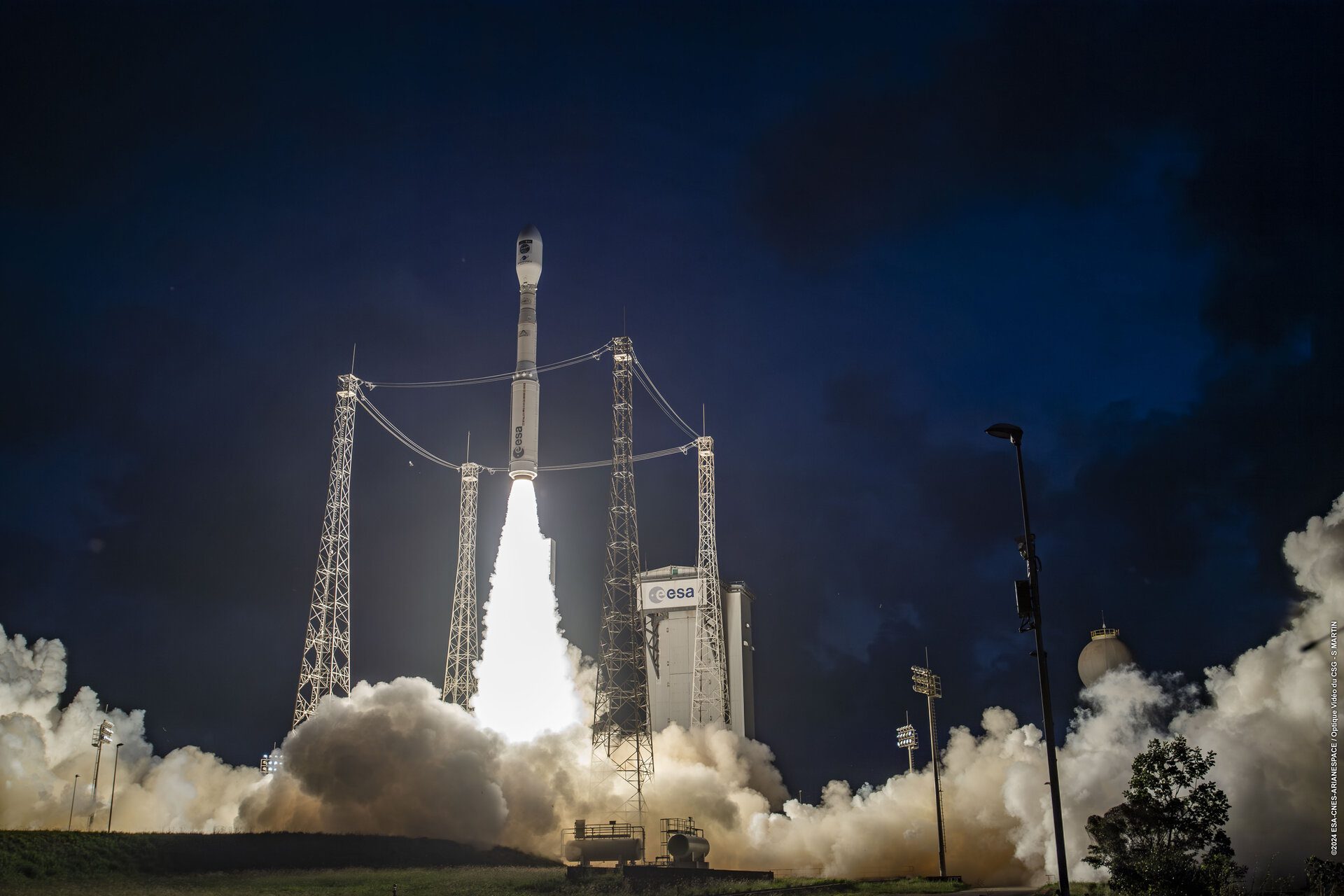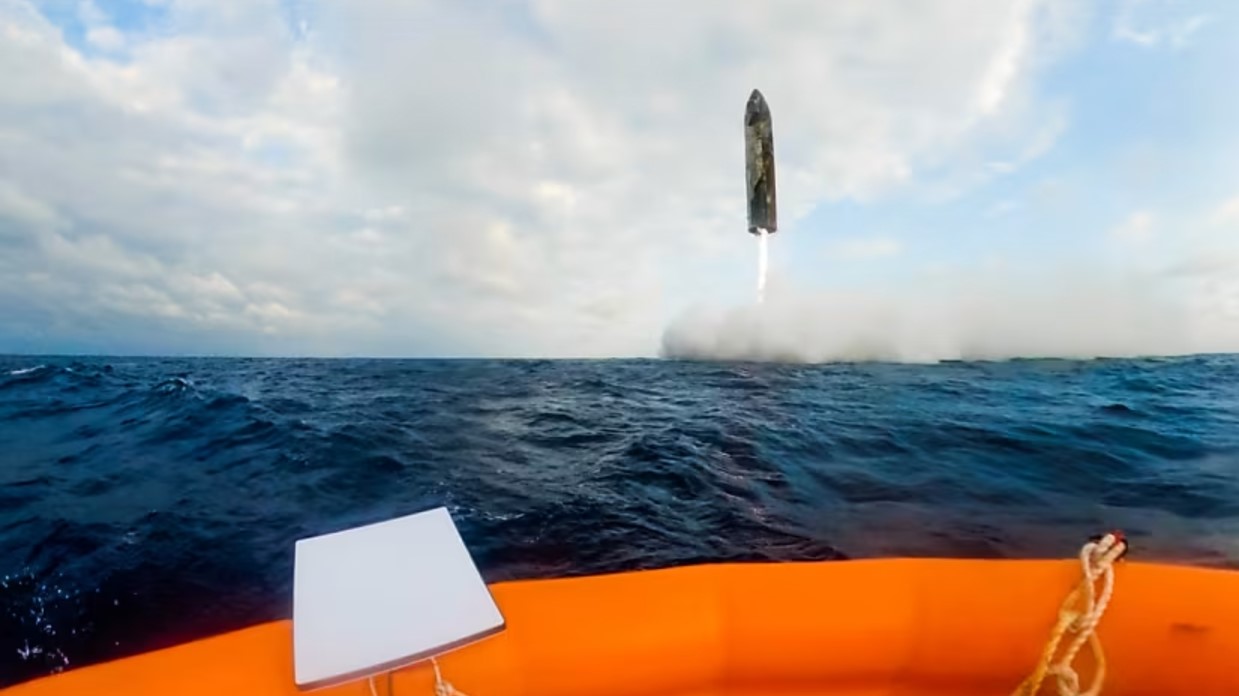Just to give an idea of lead times in spaceflight: Arianespace has begun loading cargo into the European Space Agency’s fourth Automated Transfer Vehicle robotic supply ship, named Albert Einstein – which launches via Ariane 5 rocket for the International Space Station in April.
Each ATV can deliver up to 7 tonnes of cargo to the ISS, including food, drinking water, gases, research and maintenance equipment and around 3 tonnes of propellants. The craft also regularly boosts the Station’s orbit and occasionally manoeuvres the complex to avoid collisions with space debris.
ATV-3 – named after the Italian nuclear physicist Edoardo Amaldi, one of the founding fathers of CERN in Geneva – was launched to the ISS in March 2012 and undocked in September (pictured) after being loaded with space station rubbish. The spacecraft and its cargo burned up as planned on re-entry. ESA is currently working on a number of technologies intended to results in craft designed for re-entry survival and, eventually, runway landing.
The ATV programme will end with a fifth craft – named Georges Lemaître, after the Belgian priest, astronomer and physicist who first formulated the Big Bang theory postulating the expansion of the Universe. However, ATV technology forms the basis of one of ESA’s biggest current projects; after ATV, the European contribution to the ISS programme will be to develop and produce the service module for NASA’s upcoming MPCV, or multi-purpose crew vehicle.





